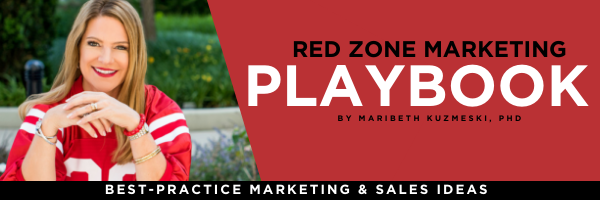Part 2: Creating the Right Fix
In our last article, we covered the basics of quiet quitting. What it is, why it has evolved, and how it is affecting present-day work culture. Now, we seek to answer the question, “What does all this mean for you?”
It means that you’ll have a sizeable competitive advantage if you create a workplace that values and validates the entire team that drives your business. And although that directive comes from on high, it starts at the bottom — with the concerns and priorities of the people who work for you.
It seems simple enough, but it’s only now that many executives are catching on: real leadership begins with listening. Not just to your clients, but also to your employees. And it involves actioning what you’ve heard as a way to build trust and reward people for contributing — not just in terms of remuneration, but in terms of validating who they are and highlighting all they’ve brought to the table.
Because when you make it clear throughout the workplace, from the very first onboarding experience to your policy for PTO to how you set your meeting agendas, that you value the people who are working for you and care about their wellbeing, they thrive. And when they thrive, so does your business — to the tune of 23% higher profitability according to the Gallup report.[i]
But, Gallup also found that 60% of people are emotionally detached at work and 19% are downright miserable.[ii] So what’s the verdict? Employees need something better.
Employee well-being is the new workplace imperative.
We’ve all been there at one point in our lives or another—dreading every work-infused second from Monday morning to Friday afternoon. While some studies suggest that a little pain and misery may always be a part of high-performing jobs, I think we can all agree that it shouldn’t be the extent of them.
So how do you support employee well-being and raise employee engagement to keep the quiet quitting pandemic from taking over your office? Focus on the four pillars of employee engagement: (1) Connection, (2) Meaning, (3) Impact, and (4) Appreciation. Specific ideas can include:
- Inspiring your team with meaningful work that clearly supports the company’s mission
- Developing human connections with your employees
- Celebrating and build on employee strengths
- Promoting diversity of thought and collaboration of ideas
- Clearly articulating growth opportunities
- Asking for honest feedback to adjust, adapt, and include
What does a thriving workplace look like?
Well, it doesn’t mean installing ping pong tables or offering an organic buffet. Nor does it require everyone to have their cameras on during your next virtual meeting. And while environmental, social, and governance (ESG) metrics provide valuable insights, they’re not going to yield a silver bullet. Because your team is going to determine how they work best together and individually.
The truth is that a thriving workplace is one in which people feel comfortable being themselves, where they know their health and wellbeing are top priorities and where they can take ownership of their work. To put this into context, 95% of people who say they’re thriving at work report being treated with respect all day and 87% report smiling and laughing a lot.[iii]
This isn’t to say that building a better, healthier, more inclusive workplace is simply a matter of making it more fun. Or that there’s an easy fix to the problem of quiet quitting. But with a mix of quality leadership training and coaching, improvements to management, and a renewed emphasis on the health and wellbeing of the employee in the workplace, you’ll be able to create a culture that’s as attractive to prospective employees as it is to your ideal client.
[i] https://www.gallup.com/workplace/349484/state-of-the-global-workplace-2022-report.aspx
[ii] https://www.gallup.com/workplace/393395/world-workplace-broken-fix.aspx
[iii] https://www.gallup.com/workplace/349484/state-of-the-global-workplace-2022-report.aspx
Maribeth Kuzmeski, PhD, President of Red Zone Marketing, is a marketing strategist, advisor to financial services companies, bestselling author of seven books, and a professional speaker rated as a Top 25 C-Suite Speaker as seen in Meetings & Conventions Magazine. She speaks on topics including marketing, branding, sales, and customer service.
Recent Articles:
How to Get Your Employees to Quit Quiet Quitting



